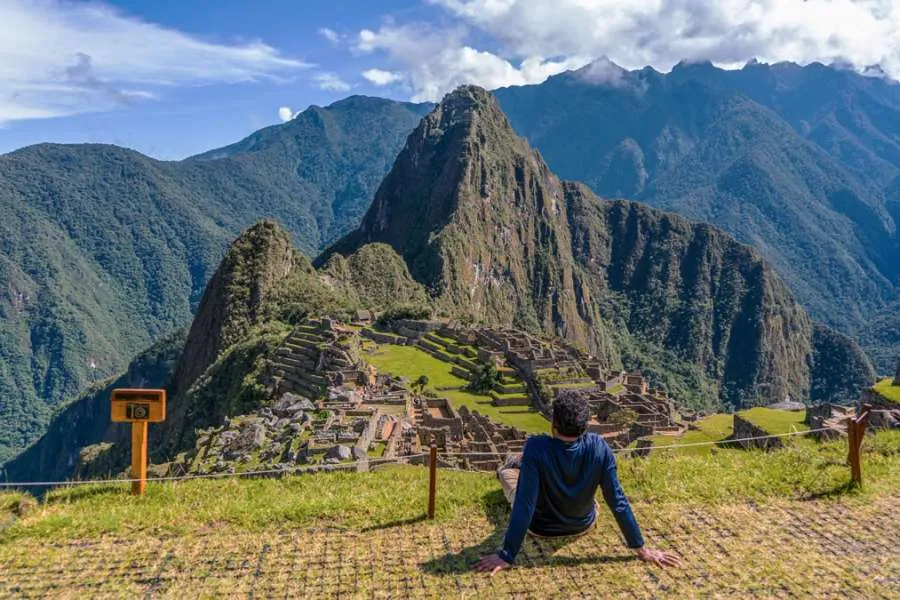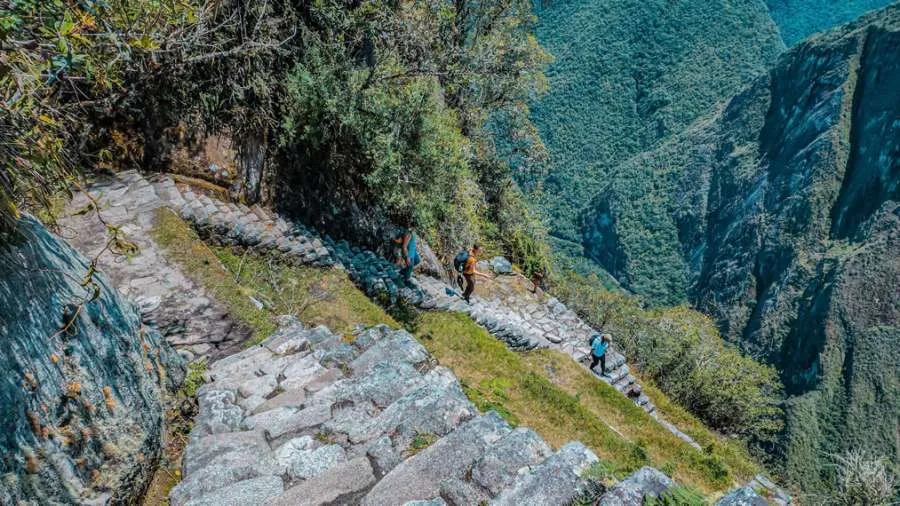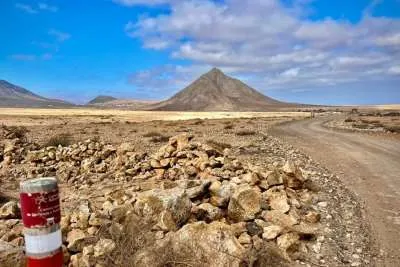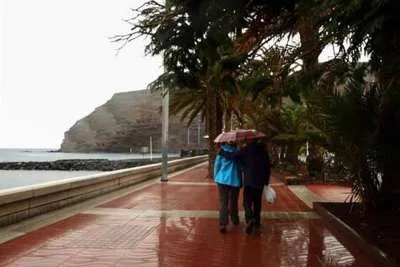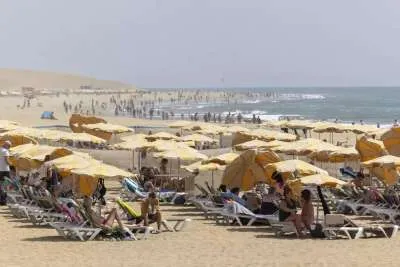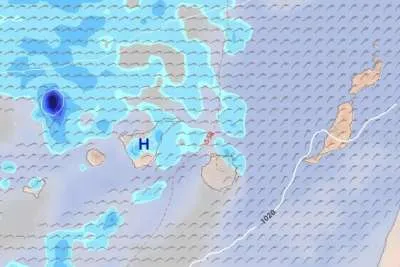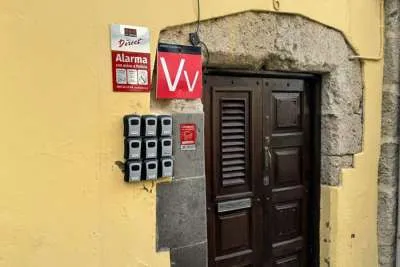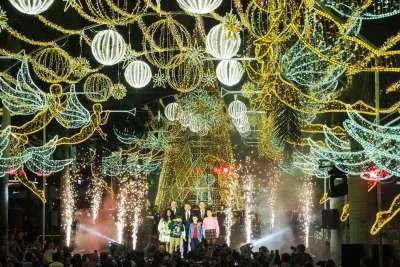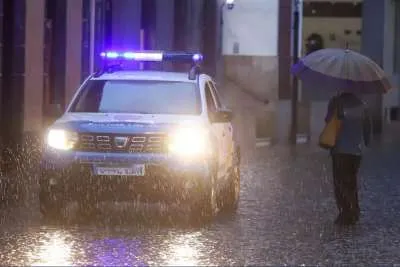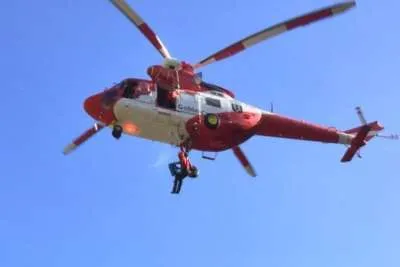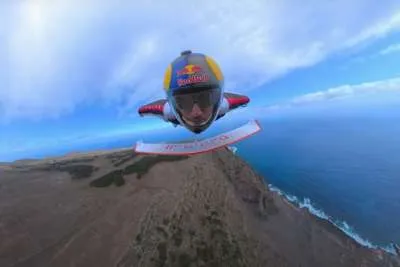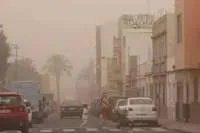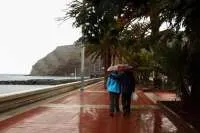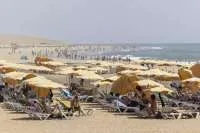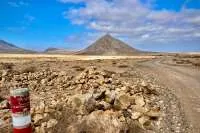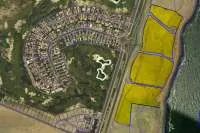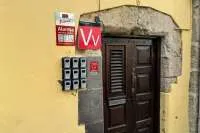Machu Picchu: The Lost Inca Sanctuary That Still Defies Time
- 01-10-2025
- Travel
- Canarian Weekly
- Photo Credit: Supplied
Picture this: you're up with the larks whilst thick fog clings to the mountains, your breath mingling with the constant patter of moisture on leaves and birdsong echoing through the valleys. You're about to discover what the Incas built 500 years ago in one of the most remote corners of the world. A perfect citadel that defies logic, gravity, and time itself.
Whilst Europe was busy raising cathedrals with iron and mortar, the Incas were carving terraces on the edge of precipices and aligning temples with the stars. No wheels, no beasts of burden, just the mathematical precision of a civilisation that understood mountains like few ever have. Their masterpiece, Machu Picchu, stands as living proof of engineering that's simply mind-boggling.
At 2,430 metres above sea level, perched between the Andean Mountain range and the edge of the Amazon rainforest, this sacred citadel, built halfway up a mountain, has weathered centuries of torrential downpours, seismic activity, and the ultimate test: hordes of tourists. Each year, nearly 2 million travellers make the pilgrimage up here, seeking that ancestral connection you can only find where the human and divine collide.
The Numbers That Define This Wonder
· Altitude: 2,430 metres above sea level
· Annual visitors: 1.9 million
· Maximum daily capacity: 5,600 people (during peak season)
· Official circuits: 3 circuits with 10 different routes
· Construction era: 15th century, during Inca Pachacutec's reign
The Inca Citadel That Gave Two Fingers to Oblivion
Machu Picchu came to life in the 15th century under Inca Pachacutec's reign, built as a sacred refuge and royal residence in an absolutely barmy environment. The constructions have stood the test of time brilliantly: terraces hanging from cliffs, temples aligned with the stars, and walls that still give earthquakes the cold shoulder without a jot of mortar. Fewer than a thousand people lived there, dedicated to ceremonial life and serving the Inca, until the collapse of the Tahuantinsuyo led to its abandonment and the jungle swallowed it whole for centuries.
Rediscovered in 1911 and declared a World Heritage Site in 1983, the citadel remains a testament to Andean genius, cocking a snook at time and gravity on the frontier between the Andes and the Amazon.
What's the Journey Into the Impossible Like?
Option 1: The Train That Crosses Sacred Valleys
Your adventure can kick off with the metallic rumble of the train cutting through Cusco's dawn silence. Starting early and throughout the day, multiple trains glide through valleys where the Urubamba River meanders between agricultural terraces that still feed Quechua communities. Fresh air flows through panoramic windows as the landscape shifts from parched highlands to humid cloud forest.
Train options from Cusco/Ollantaytambo:
Expedition/Voyager: The sensible choice (£95-125)
· Duration: 4 hours from Cusco, 2 hours from Ollantaytambo
· Wide windows, comfortable seats, constant panoramic views
Vistadome/360°: The premium experience (£155-195)
· Glass-roof carriages, gourmet service, bilingual guides
Hiram Bingham: Absolute luxury (£315-390)
· First-class service, gourmet dining, VIP access
Option 2: Conquering Mountains on Foot
For proper adventurers, walking to Machu Picchu is nothing short of transformative. Each route takes you through unique ecosystems, from frozen highlands to cloud forests where orchids grow on moss-covered trunks like something from a fairy tale.
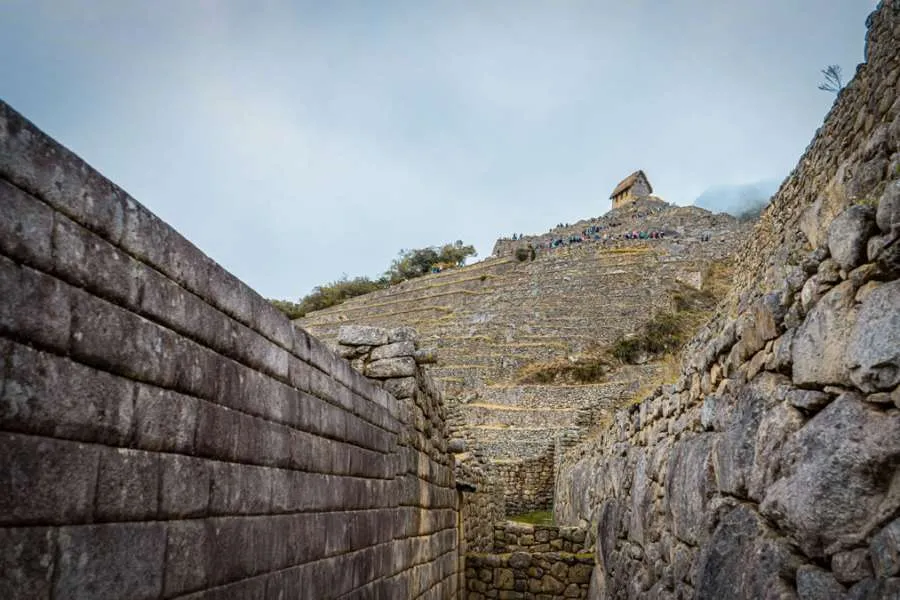
The epic routes:
Classic Inca Trail (4 days)
· Difficulty: Moderate to challenging
· Max elevation: 4,215 metres (Warmihuañusca Pass)
· Permit required: Limited to 500 people daily
· The experience: You follow the original paths the Incas used, sleeping under Andean stars brighter than anything you'll see in Britain, crossing passes where the air's so thin that every breath feels hard-earned.
Salkantay Trek (5 days)
· Difficulty: Moderate to challenging
· Max elevation: 4,630 metres
· Permit: Not required
· The experience: The Salkantay snowcap, considered a sacred "Apu" (mountain spirit), dominates the horizon as you descend from frozen highlands to forests where coffee grows wild and the air's thick with the scent of humid earth and tropical vegetation.
Inca Jungle (4 days)
· Difficulty: Easy to moderate
· Activities: Mountain biking, white-water rafting, trekking, zip-lining
· The experience: For adrenaline junkies: pedal down mountain trails, navigate Urubamba rapids, kip listening to the sounds of the high jungle.
Hidroelectrica Route (1 day)
· Difficulty: Easy
· Distance: 10 kilometres walking along train tracks
· The experience: The most budget-friendly option but no less magical. You walk alongside the roaring Urubamba River, listening to the constant rumble of water whilst cloud forest-covered mountains rise on both sides.
When to Have This Adventure?
The Andes don't do four seasons. There are only two climatic realities that define your experience: dry season and rainy season. But here's what few people tell you: the weather at Machu Picchu can change three times in one morning. That's part of its unpredictable magic.
Dry Season (April - October)
· Days: Crystal-clear skies, golden light perfect for photography
· Nights: Bitter cold at altitude, stars that seem within touching distance
· Tourism: Absolutely rammed (especially June through August)
· For adventurers: Perfect for trekking, but book 6 months ahead
Rainy Season (November - March)
· Days: Tropical downpours, clouds that embrace the mountains
· Landscape: Vibrant green, temporary waterfalls, fewer crowds
· Challenge: The Inca Trail closes in February for maintenance
· For adventurers: More authentic, wilder, more unpredictable
Adventure Logistics
Access to Machu Picchu isn't something you can wing. You need:
· Online ticket: At least 3-6 months in advance (official Ministry of Culture website or through a tour operator)
· Original passport: Passport names and Machu Picchu ticket reservation must match exactly
· Time limit: Between 2.5 and 4 hours, depending on your circuit
What you CANNOT bring:
· Food (only water in reusable bottles)
· Large rucksacks
· Photography tripods
· Walking sticks without rubber tips
· Drones (obviously)
Proper Budget for Adventurers
· Base entry: £35–40 — Circuits 1, 2 and 3
· Entry + mountain routes: £47–50 — Includes Huayna Picchu, Machu Picchu Mountain or Huchuy Picchu
· Transportation (train): £95–390 — From basic to total luxury
· Aguas Calientes bus: £19 — Mandatory return trip
· Accommodation (1 night): £15–155 — From hostel to boutique
· Specialist guide: £12–23 — Shared or private
· Adventurer total: £195–545 — Depending on comfort level
The Heart of Cusco
Before you stand gobsmacked at Machu Picchu, understand this: you're about to experience more than ancient stones. You're witnessing the crown jewel of Cusco's identity, the symbol that transformed an entire region's destiny.
For Cusqueños, Machu Picchu isn't just a tourist attraction, it's the embodiment of their cultural pride and the key that put Cusco on the world map. Since the early 1900s, local leaders recognised that this citadel could be their gateway to cultural recognition, and blimey, were they right.
The tourism boom wasn't a fluke. Cusqueños actively partnered with international organisations and promoted their heritage, understanding that Machu Picchu could become Peru's most powerful symbol. Walk through Cusco's streets today, and you'll feel this pride in every conversation, every colourful textile, every celebration that honours their Inca ancestors.
This isn't just historical nostalgia. Cusqueños celebrate vibrant festivals throughout the year, preserving traditions that connect directly to their Inca heritage, making their city a living museum where past and present dance together. When you visit Machu Picchu, you're not just seeing ruins, you're experiencing the dreams and efforts of generations of Cusqueños who believed their heritage deserved global recognition.
Beyond the Tourist Cliché
Machu Picchu was designed to be a sanctuary, an astronomical observatory, an administrative centre, and a geological work of art, all rolled into one. The Incas didn't just master stone; they understood the mountain as a living being and built in harmony with it.
Every granite block was cut and transported without iron tools, using only stone hammers, wooden wedges, and an understanding of physics that still leaves modern engineers scratching their heads. The drainage channels still work after five centuries. The temples align perfectly with the solstices. The terraces prevent erosion with an efficiency that puts modern engineering to shame.
But what really bowls you over isn't the technical perfection. It's the feeling of being somewhere humanity reached something transcendent—where architecture became poetry and engineering became art.
To experience Machu Picchu as the adventure it deserves to be, you need more than just booking a ticket. You need context, preparation, and guides who understand that this is a kind of pilgrimage to the incredible, not just a jolly.
The Call of the Sacred Mountain
If you've read this far, you already know that Machu Picchu isn't just another tick on your bucket list. It's an experience that marks you, that changes your perspective on what human beings can achieve when they understand and respect the natural environment. The citadel remains there, suspended between clouds and time, waiting for you to arrive not as a tourist, but as a traveller ready to live it, feel it, and respect it.
But this unique encounter isn't without its challenges. Tickets that sell out faster than Glastonbury, closed circuits, and the complexity of access make logistics a proper headache. This is where having a local operator like Waman Adventures makes all the difference: they secure your entry, design complete routes, and connect Machu Picchu with other Andean destinations like the Sacred Valley, Humantay, or Titicaca.
Make your trip flow from start to finish. Explore exclusive offers for Machu Picchu and Peru with discounts up to 50% and experience the sacred mountain with the security and authenticity you deserve.
Other articles that may interest you...
Trending
Most Read Articles
Featured Videos
A Vision of Elvis Tenerife Promo
- 10-05-2025
TEAs 2025 Highlights
- 17-11-2025


